Hydrotherapy, also known as water therapy, is a practice that leverages water's physical properties, such as temperature and pressure, to stimulate the body's healing processes and promote overall well-being. Hot tubs, with their warm water and jet streams, provide an ideal setting for hydrotherapy. But what exactly is the science behind it? Let's delve into the details.
What is Hydrotherapy?
Hydrotherapy involves the use of water for pain relief and treatment. The term covers a broad range of therapeutic approaches that take advantage of the physical characteristics of water, such as temperature and pressure, to stimulate circulation and assist the body in its natural healing process.
How Does Hydrotherapy Work?
Buoyancy
When you're in water, you experience buoyancy, which reduces the effect of gravity on your body. This buoyant force can relieve pressure on joints and muscles, providing a soothing effect that can help alleviate pain and promote relaxation.
Heat
Hot tubs typically maintain water temperatures between 100°F and 102°F. This heat helps to dilate blood vessels, which improves circulation and helps to deliver oxygen and nutrients to muscle tissues. This process can help to speed up healing, reduce muscle tension, and alleviate pain.
Hydrostatic Pressure
When you're submerged in water, your body experiences hydrostatic pressure - the force exerted by the water on your body. This pressure can help to reduce swelling, improve circulation, and stimulate the release of endorphins, the body's natural painkillers.
Massage
Hot tubs often come equipped with jets that provide a massaging effect. This massage can help to relax muscles, relieve tension, and stimulate the release of endorphins.
The Health Benefits of Hydrotherapy in Hot Tubs
Improved Circulation
The heat from the hot tub water causes blood vessels to dilate, which increases blood flow and improves circulation. Improved circulation can help to deliver nutrients to muscles and other tissues, promoting healing and recovery.
Pain Relief
The combination of heat, buoyancy, and massage provided by a hot tub can help to relieve pain. This can be particularly beneficial for those with arthritis, fibromyalgia, or other chronic pain conditions.
Stress Relief
Spending time in a hot tub can also help to reduce stress and promote relaxation. The warm water and massaging jets can help to relax tense muscles, while the buoyancy of the water can create a sense of weightlessness and relaxation.
Improved Sleep
Regular hot tub use can also help to improve sleep. The rise and subsequent fall in body temperature when you get out of a hot tub can help to promote feelings of drowsiness, helping you to fall asleep more easily.
Frequently Asked Questions
Q: How long should I stay in a hot tub for hydrotherapy?
A: It's generally recommended to soak in a hot tub for 15-30 minutes at a time. However, everyone is different, so it's important to listen to your body.
Q: Can I use a hot tub for hydrotherapy if I'm pregnant?
A: Pregnant women should always consult with a healthcare provider before using a hot tub. The high temperatures can potentially cause complications.
Q: Can hydrotherapy help with my sports injury?
A: Yes, hydrotherapy can help to speed up recovery from sports injuries by improving circulation, reducing swelling, and relieving pain. However, it's always best to consult with a healthcare provider or physical therapist for a personalized treatment plan.
Q: Are there any risks associated with hydrotherapy?
A: While hydrotherapy is generally safe, it's always best to consult with a healthcare provider before starting any new treatment. Some people may need to avoid hot tubs due to certain health conditions, such as heart disease or low blood pressure.
Wrapping Up: The Power of Hydrotherapy
In conclusion, the science behind hydrotherapy and its application in hot tubs is both fascinating and beneficial. The combination of heat, buoyancy, hydrostatic pressure, and massage work together to create a therapeutic environment that can help alleviate pain, improve circulation, reduce stress, and promote better sleep.
Whether you're seeking relief from chronic pain, recovery from a sports injury, or simply a way to unwind and relax, a hot tub can provide a valuable tool for enhancing your health and well-being. However, as with any health-related practice, it's important to use hot tubs responsibly and consult with a healthcare provider if you have any underlying health conditions or concerns.
The power of water has been recognized for centuries across various cultures, and modern science continues to uncover the mechanisms behind these benefits. Hydrotherapy in hot tubs is a testament to this enduring wisdom, blending ancient practices with modern technology to promote health and wellness. So, the next time you step into a hot tub, you'll not only be stepping into a world of relaxation but also tapping into a science-backed therapy that can enhance your health in numerous ways.
More articles from Spas Wholesale
- The Surprising Health Benefits of a Hot Tub
- Top 10 Essential Tips Every New Hot Tub Owner Should Know
- Chlorine or Bromine: Selecting the Ideal Sanitiser for Your Hot Tub Experience
- The Benefits of Hot Tubs for Skin Health
- Your Ultimate Guide to Spa Delivery and Installation
- Troubleshooting Hot Tub Problems: Water Issues
- 10 Benefits of Owning a Swim Spa
- Removing White Mold from Spas
- 8 Most Frequently Asked Questions About Spa Ownership













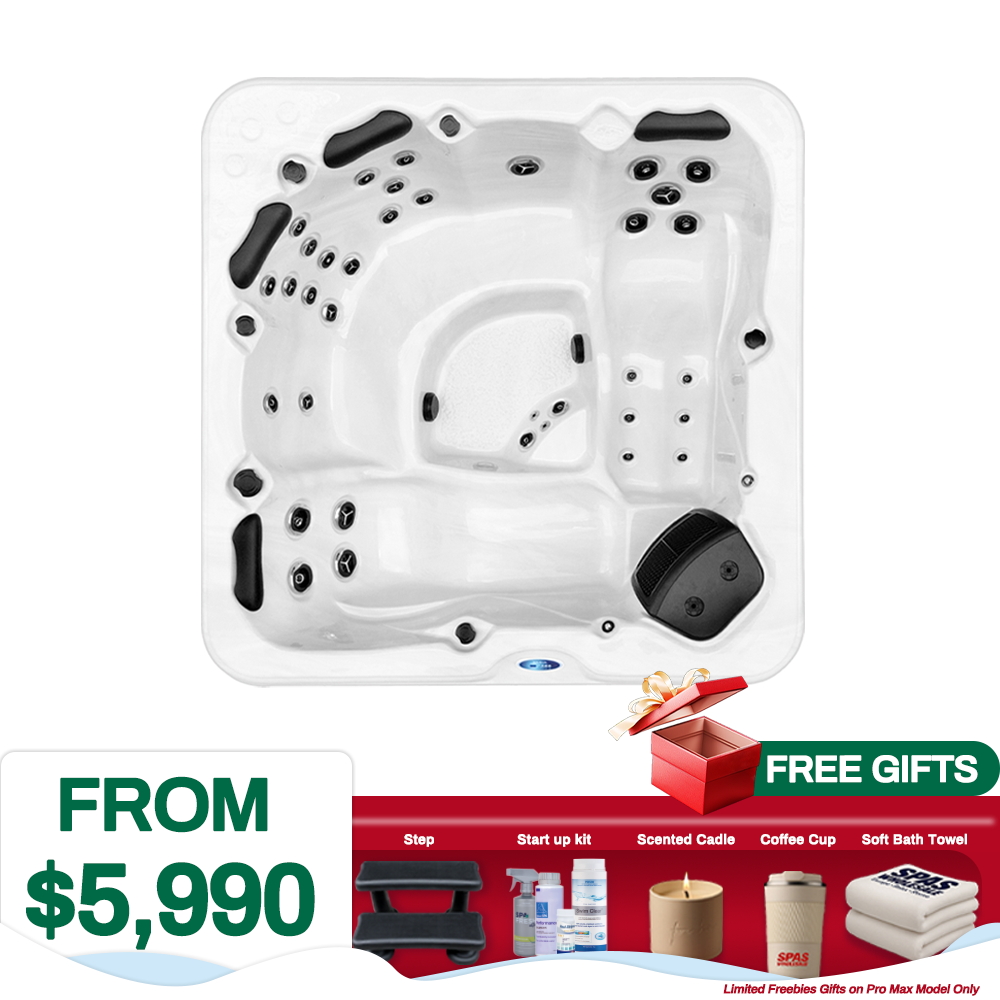

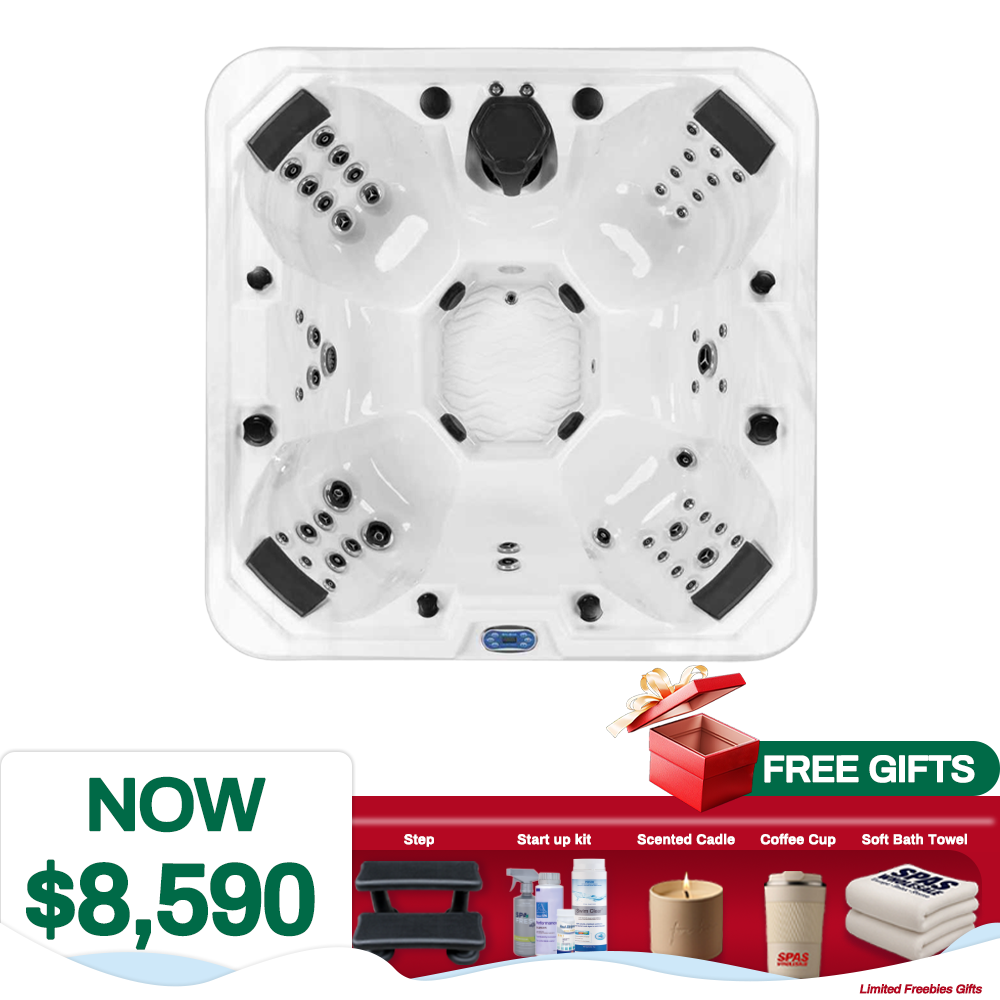
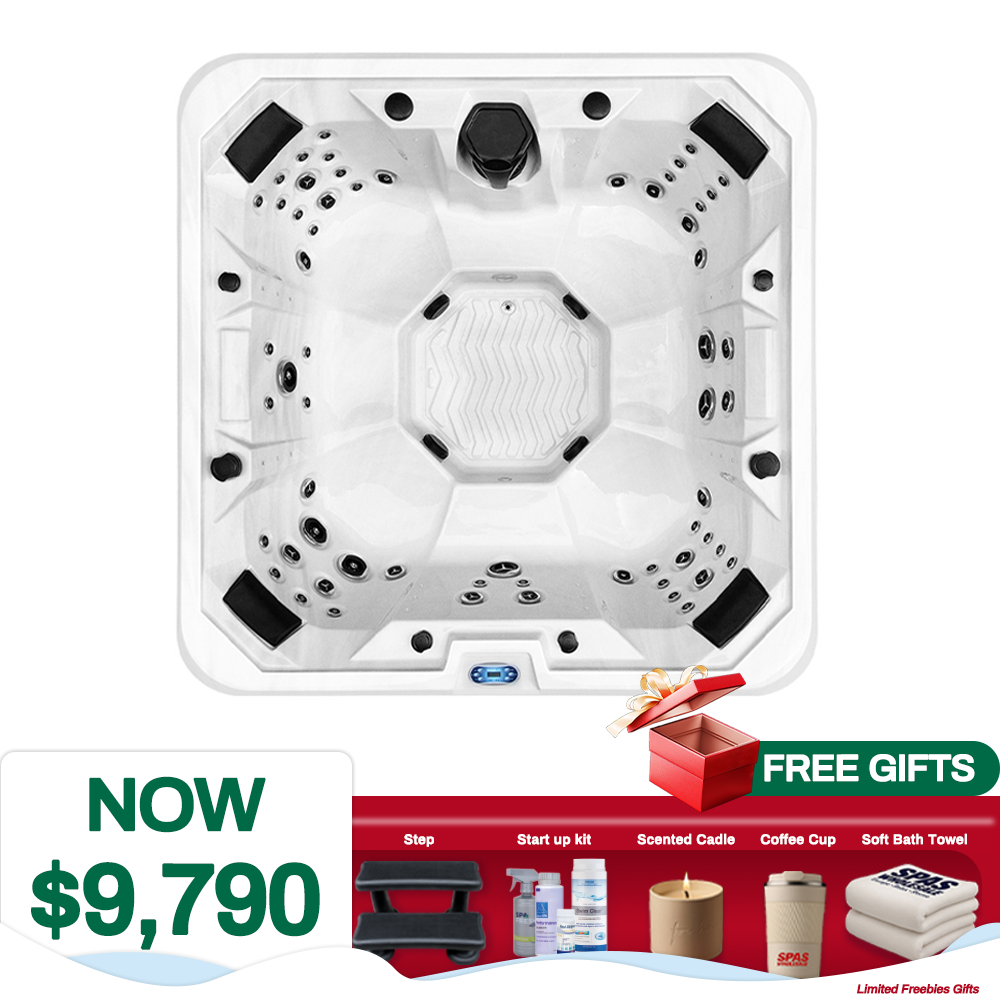
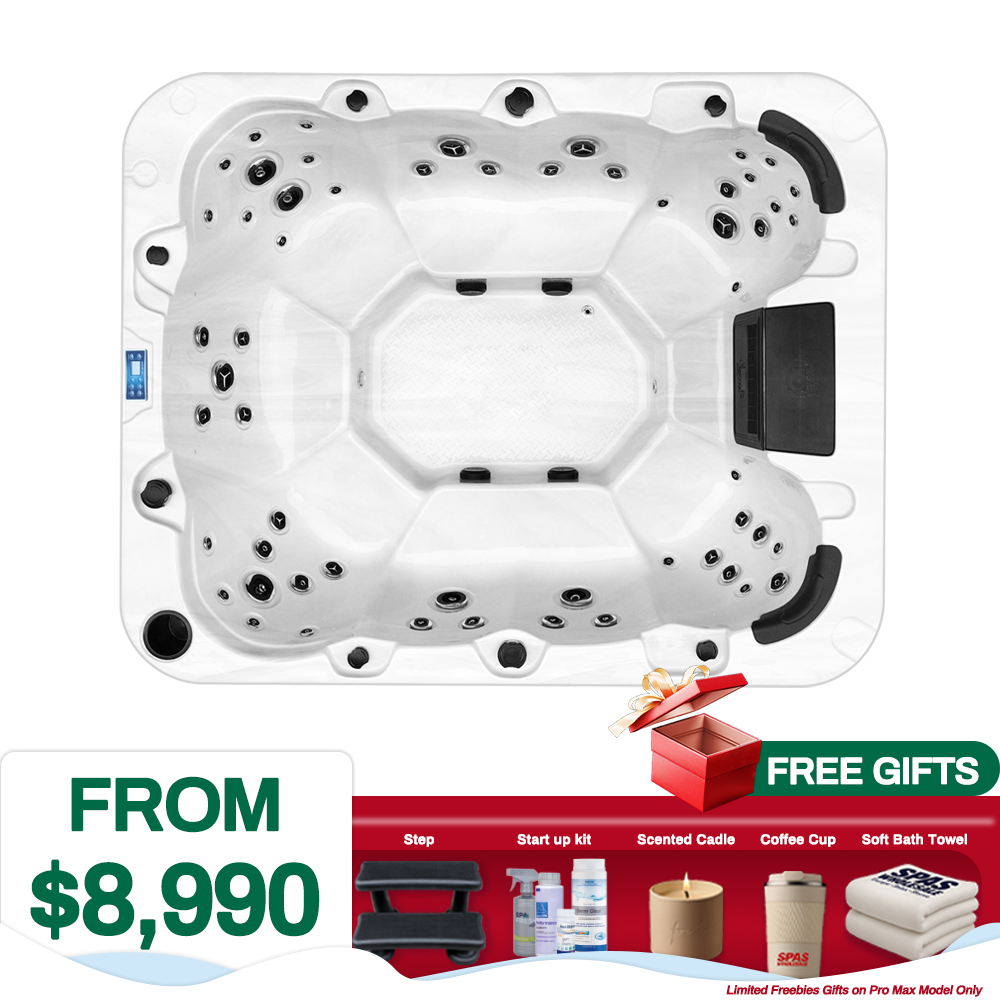



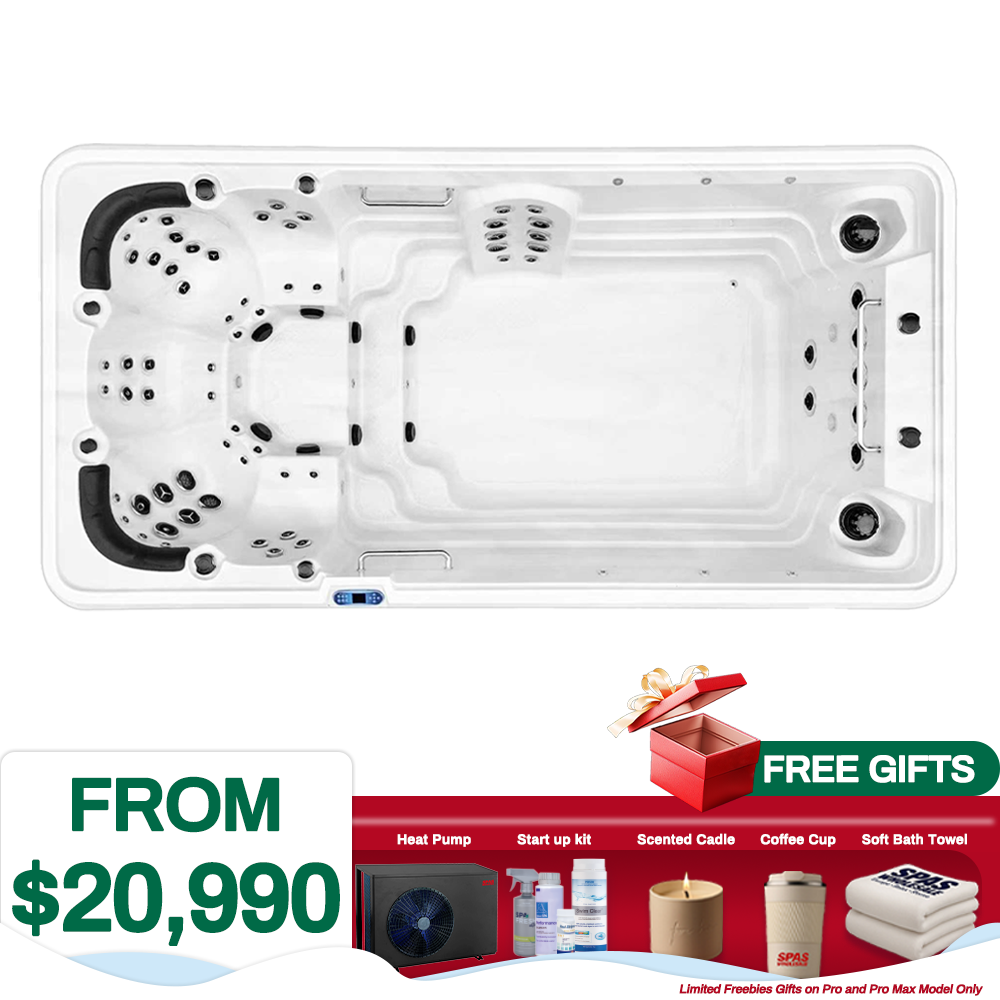



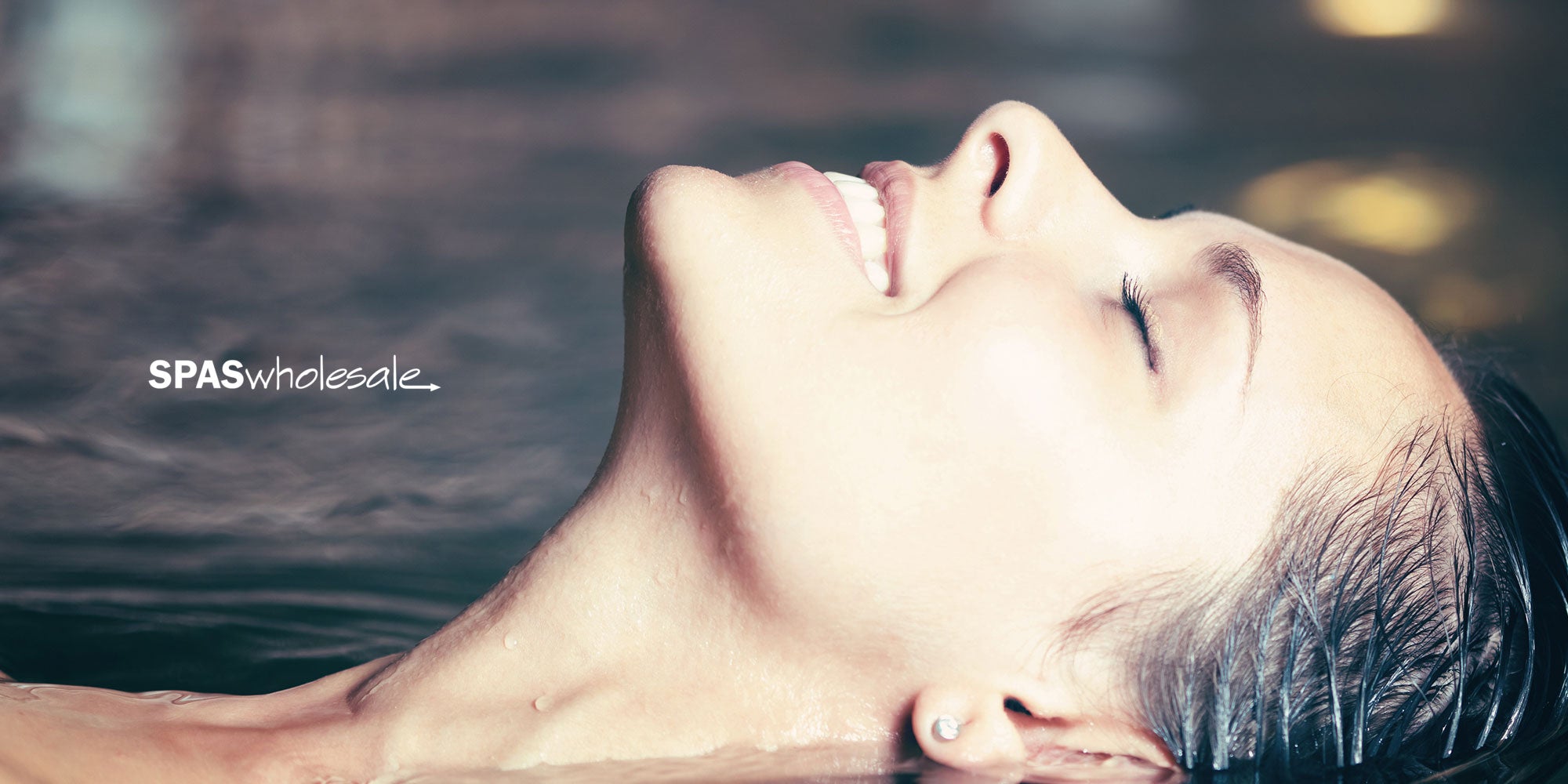

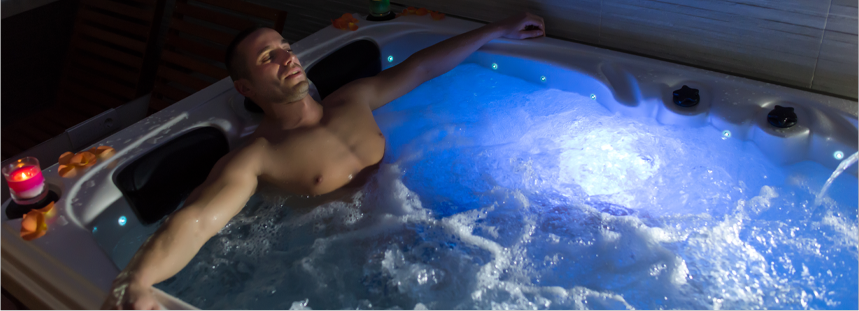
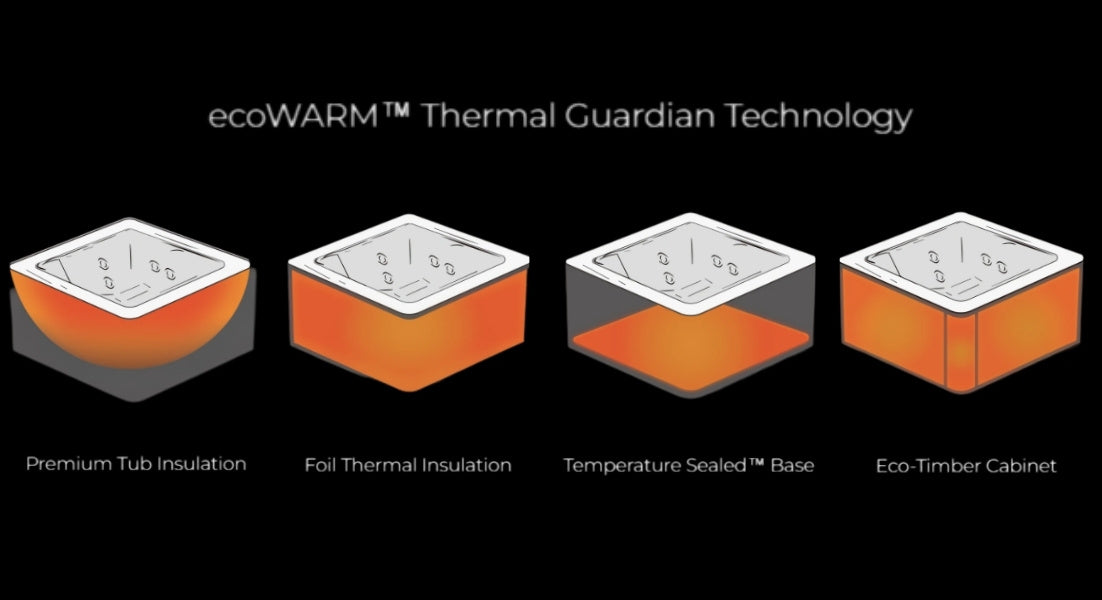
Share:
Eco-Friendly Hot Tubbing: How to Make Your Spa Experience Sustainable
Hot Tub FAQ: Everything You Need to Know About Owning a Hot Tub